Beyond all the information below, everyone should keep in mind that the daguerreotype is probably the most perfect and precise form of photography, and it, in many ways, surpasses any other form of photography to date. A perfectly executed daguerreotype portrait can, under magnification, reveal even individual pores of its subject. This is a far cry from the high resolution pixelation found with digital photography that never achieves as precise a record of its subject.
For those interested, I have a wonderful hardcover catalog ( my wife Jean gave it to me as a birthday present, and I know it cost a small fortune because I researched the price before I started dropping hints---used copies can be had on amazon.com) from the Museum of Fine Art's recent daguerreotype exhibition (a rare showing of this type of photography) of a very famous antebellum Boston photography firm. The exhibition was entitled: Young America: The Daguerreotypes of Southworth and Hawes. These photos date from the 1840s and 50s, and there are some shots of US Presidents and personalities from that time period that are rather disturbing because of the degree of detail captured in them---HD (high definition) TV has nothing on these. In addition, I have this wonderful volume of the complete Civil War plates of Matthew Brady, who had switched to the wet-collodion process by the 1860s which allows for printing on paper rather than copper-plate; hence, many copies could be reproduced from the original. These are quite spectacular too. This was unlike daguerreotypes which were unique images allowing for no negative for reproduction; the only way it could be reproduced was to photograph the plate itself.
Let me know if you are interested, and I will lug these babies to the March 3 meeting for perusal. Since we have a small collection of daguerreotypes, it would be interesting to have a modern-day daguerreotypist come to a meeting and demonstrate the process. We could sell admission tickets; I would buy one. I have never seen it done live. I think that the public would be interested in seeing this done as well. No dark room required. For those in the know, there are alternatives to the heated mercury originally used; we don't want to create any mutants, if we were to have a public demonstration.
Daguerreotype Fact Sheet
Identification
- Images on silver plated copper produced between 1839-1865.
- A mirror-like surface with a bluish tint. If you hold it in a particular way, the image seems to disappear.
- To identify one, hold a light colored piece of paper with writing on it at right angles in front of it. The letters will reflect on the surface in reverse, and individual letters will appear as negative images.
- They look like ambrotypes, but ambrotypes are glass plates that reflect a reverse image as a positive.
- They are usually housed in double paneled cases that consist of two wooden frames encased in leather, papier mache, some early plastic-resin material, or other material.
One side of the case usually holds a cushion and the other an image behind glass. - The daguerreotype case served as both a decorative object and an airtight micro-environment for a photographic image bound to a silver-plate surface through a chemical process of mercury amalgamation.
Deterioration (Agents of Deterioration)
- Physical damage includes broken glass and damage to the exterior of the protective case.
- Case damage includes complete loss, leather dry rot, cracks, and brittleness.
- A compromised micro-environment causes oxidation. The silver plating is transformed by contact with airborne sulphur in various degrees at the contact point between the image and its framing.
- Fixer crystals from unfiltered solutions in the original processing cause black spots on the surface of the plate.
- Copper crystals in the form of green specks are caused by deficiencies in the original silver plating or through scratches or punctures to the plate’s surface. Exposing copper to oxygen and moisture turns it green.
- Heat and moisture are daguerreotype's greatest enemies, not light. Extreme heat may breakdown the chemical process that made these photographs possible.
- Extreme cold will effect the surface too; unheated storage in cold climates allows for condensation.
- Moisture may cause mold on the surface of the plate. This mold scars an image permanently.
- Scratches on the image’s surface were likely caused by the shifting of the micro-environment’s components, or through fixing a plate face-down in a tray of fixer. This deterioration has been assisted by a human agent.
- Beware of plastic reproduction cases for the replacement of unsalvageable cases for vintage daguerreotypes because the combination of materials can case a static electricity charge that can lift tinted emulsions from the daguerreotype’s surface.
- Pests, who usually target books (booklice, powder post beetles, and the like) are attracted to the leather, wood, and paper materials that make up the daguerreotype’s case.
Preservation and Restoration
- Preservation and restoration should always be carried out by a trained photograph conservator.
- A new and efficient micro-environment can be created by replacing some materials of the daguerreotype case to insure that further oxidation does not occur.
Storage and Display
- Ideal storage and display conditions: 68 degrees Fahrenheit (20 degrees Celsius) and 40-50% relative humidity. Remember that 70 degrees Fahrenheit and 70 % relative humidity is an ideal condition for mold, bugs, and other pests. Avoid it.
- The first defense of the daguerreotype is its case. The case should be preserved through limited handling. A four flap envelope made of archival corrugated board is an ideal second defense. A third and final exterior defense can be a custom made archival box of archival board that allows both the case and its four flap envelop to slide into it securely.
- A scan of the daguerreotype might be attached in a Mylar envelope on the outside of the archival box along with the accession number. An accession number may also be attached to the photo itself by an acid-free string holding its label. Museums often prefer not to write an accession number on the plate or case itself.
- The archival box, containing the daguerreotype, should be stored in metal cabinetry with a baked powder enamel coating. When this is unavailable, cabinetry of other materials, like painted metal, may be a better choice than cabinetry made of composites of woods prone to off-gassing and other deterioration issues. Archival boxes, with daguerreotypes within, should be placed side-by-side rather than stacked one on top of each other.
- Stacking causes weight to compress plastic-resin and leather cases changing their form over time; it should be avoided. It may also put pressure on fragile glass breaking it, which would cause oxidation to the plate.
- Museums often choose scans of daguerreotypes mounted on fome-cor for long term displays. They keep the original secure in storage.
- It is not light that deteriorates daguerreotypes but heat and moisture. The rule of no more than 5 foot candles or 50 lumens for all photographs should nevertheless be observed.
Housekeeping
- Keep areas of storage and exhibition free of dust and debris.
- Maintain the recommended temperature and relative humidity for these photographs. Ideally, modern HVAC systems are a preventive against undesired temperatures and relative humidity as well as mold and pests caused by them.
- Consult a pest control specialist about insects and vermin. Be aware that some pesticides contain oils that may stain objects they come in contact with. Avoid them, if possible.
Disaster
- Good storage practices are the first and best line of defense against disaster.
- Separating photographs from a storage area after disasters like fire and flood is prudent.
- A trained photography conservator should be consulted specifically about preservation and conservation of daguerreotypes in such a circumstance.

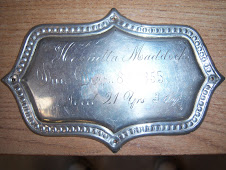
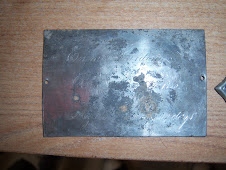





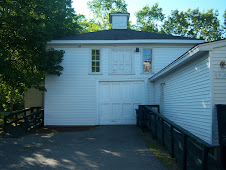

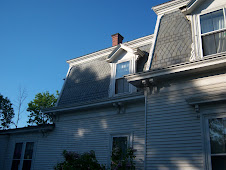



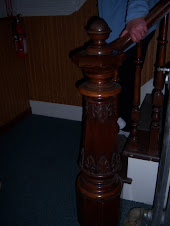

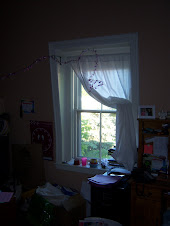

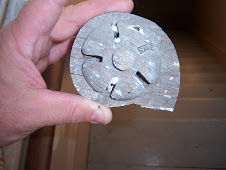




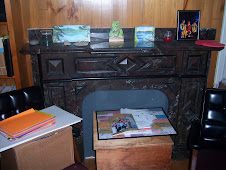


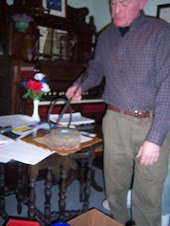



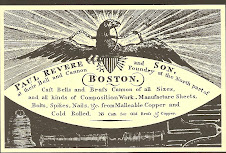



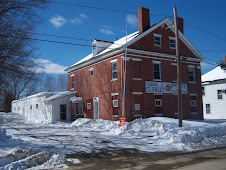

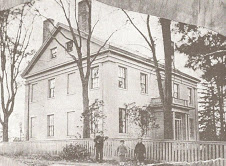













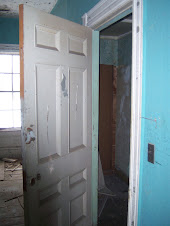


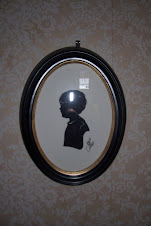

Maine silhouette portrait artist Galen Jerome Brewer's work from 18445-1856 is currently on display at the Maine State Museum in Augusta.
ReplyDelete" We have a small collection of daguerreotypes, it would be interesting to have a modern-day daguerreotypist come to a meeting and demonstrate the process. We could sell admission tickets; I would buy one. I have never seen it done live. I think that the public would be interested in seeing this done as well". The time effort involved is considerable, Dr. Bob has the know-how but is it fair for him to commit to that amount of work. I guess I'm looking for help for him in this area. Do I hear Volunteers.
ReplyDeleteyourz, jeffrey